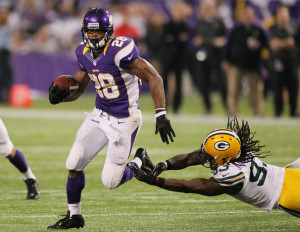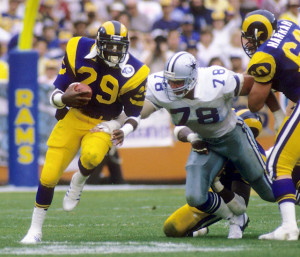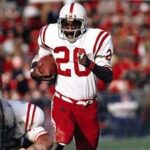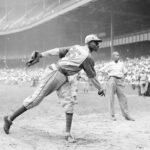Adrian Peterson Shows That Running Backs Can Still Be Franchise Players
In an era when it is “all about the quarterback” in the NFL, Adrian Peterson has turned back the clock to a time when playoff teams were built around a featured running back.
Though Peterson fell nine yards short of passing Eric Dickerson’s record for rushing yards in a season, he proved that a star runner can still carry a team to the playoffs as the Vikings reached the playoffs for the first time since 2009 with a 10-6 record.
While the offense for other playoff teams are built around a franchise quarterback, second-year Vikings quarterback Christian Ponder spent more time handing the ball to Peterson than he did chucking it down the field.
The Vikings were one of only six teams with more rushes than pass attempts for the season and were incredibly balanced with 486 rush attempts and 483 passes during the season.
Thanks primarily to Peterson, the Vikings finished second in the NFL (behind only the Washington Redskins) with 165 rushing yards per game. They ranked 31st in passing yards per contest (ahead of only the Kansas City Chiefs) at 172 yards per game.
Unlike most other top running teams where a large percentage of their rushing yards came from a running quarterback, the success of the Vikings running game is a direct result of Peterson’s amazing performance in 2012.
Already considered one of the top running backs in the NFL, Peterson took his talent to another level in 2012. Considering that he suffered what many thought was a career-threatening knee injury on Christmas Eve a year ago, his 2012 performance is even more impressive.
After rushing for 199 yards in the season finale against the Green Bay Packers, Peterson finished 2012 with 2,097 rushing yards, which ranks behind only the 2,105 yards of Eric Dickerson in 1984 in NFL history. He also averaged six yards per carry, which is the third highest per carry average in the last decade.
As could be expected considering his injury, Peterson’s performance improved throughout the season. After running for more than 100 yards only once in the first six games, Peterson eclipsed the 100-yard mark nine times in the final 10 games. He rushed for more than 200 yards twice during the streak and averaged 160 yards per contest.
The Vikings finished the season on a four-game winning streak to sneak past the Bears and Giants to claim a wild card playoff spot.
The value of Peterson to the Vikings was especially evident against the Packers. With the game tied at 34-34 in the final minutes, instead of using the pass to move the ball down the field for the game-winning field goal, the Vikings let their workhorse runner carry the load.
Peterson rushed the ball five times for 36 yards, including a 26-yard carry to put the Vikings in easy field goal range at the Packers’ 11 yard line.
Though he ultimately fell nine yards short of Dickerson’s record, Peterson still accomplished his primary goal for the day, which was to help lead the Vikings into the playoffs.
In six seasons in the NFL, the five-time Pro Bowler and three-time first team All Pro has proven that he is without question one of the best running backs of his generation and likely headed to the Hall of Fame. He has gained 8,849 yards in just six seasons and averaged 98.3 yards per game. He ranks third all-time (behind only Jim Brown and Barry Sanders) in average yards per game.
During an era with fewer “franchise backs” than at any point in the last 40 years, Peterson and the Vikings have proven that you can have team success with a run-first and pass-second philosophy.















